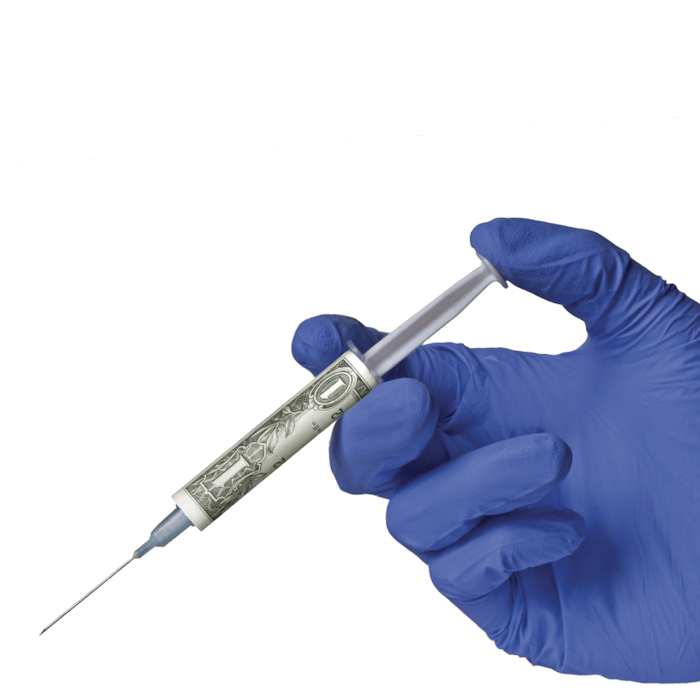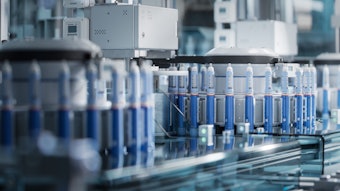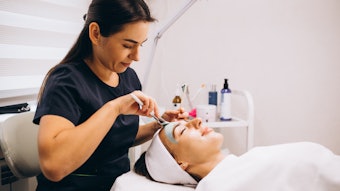
History repeats itself
There is no such thing as recession insurance, but as one of my most brilliant mentors used to preach, “You can dig your heels into the dirt of a constantly changing market and die, or learn to be flexible.” While most market predictions are speculation, the most reliable, and safe, place of wisdom can come from reviewing history. This article will review the historical trends and current market performance of medical aesthetics and why this points to resilient investing.
1. The Lipstick Effect
During times of war and economic uncertainty, people will indulge in pleasurable expenses to offset stress and meet emotional needs, according to sociologist Juliet Schor. As the saying goes, give a woman the right lipstick and she can conquer the world.
According to NPD Group, lipstick sales doubled by 48% in the first quarter of 2022 compared to the previous year. During the recession of 2001 and 2008, Chanel and Estée Lauder celebrated an 11% increase in lipstick sales, according to a study published in The Economist. Even medical spas have consistently grown by 15% since the beginning of the COVID-19 pandemic.
2. Job Market Competition
As a consequence of the pandemic, millions either lost their job, changed jobs or shifted careers entirely. Consumers are looking to improve their looks when trying to gain or keep employment during times of economic recession, especially those in their 40s and 50s as they compete to make themselves more viable candidates, according to Cindy Graff Consulting LLC.
The pandemic forced the world focus onto social media, and allowed many consumers to save cash for procedures and makeup that they have wanted for years. According to market research firm ReportLinker, the global medical spa market was estimated at $12.2 billion in 2020 and is projected to reach $25.9 billion by 2026.
A survey that collected data from 2,000 Americans found that Zoom calls heavily impacted how consumers view beauty and skin care, with 90% expecting to continue video calling even after the pandemic abates. This will be an impetus for more advanced treatments, including gene therapy and dermatologic surgery.
3. More Physicians are Entering Aesthetic Medicine
According to data from 2001 to 2007 by the American Society for Dermatologic Surgery (ASDS), researchers found that in 2001, surgeons performed 3.4 million cosmetic and non-cosmetic surgical procedures. This jumped to 7.6 million by 2007, with the numbers continuing to climb. Since 2000, the medical community has vigorously promoted preventative care, which has highlighted the emphasis on anti-aging.
Due to the rising overhead costs of running medical practices, more physicians than ever are getting certified to perform medical aesthetic treatments. OB-GYNs, emergency medicine, neurologists and even orthopedic surgeons are capitalizing on the natural bridge of an existing practice to add more revenue streams. Anti-aging issues frequently come up during physician appointments, which allow healthcare providers to cross-sell cosmetic services. Physicians are trained to keep up with medical technology, and medical aesthetics is more than lucrative.
4. The Rise of Beauty Influencers and Online Marketing
According to Google, 66% of beauty consumers say YouTube influenced their purchases by helping them visualize how products fit into their lives. In addition to brand-published videos, YouTube tutorials from popular influencers spread awareness and exposure. Savvy brands are riding this digital wave by publishing original content, blogs and media to increase their brand’s message and help with search engine optimization. This gains readership and creates a more engaged community.
5. The Distinction Between Prestige, Mass, Masstige and Value has Blurred
Consumers are willing to spend on high-quality, high-tier anti-aging treatments such as surgery, gene therapy and invasive procedures. In times of recession, consumers typically trade down for lower-tier products when they feel they can buy a similar product at a cheaper price point. However, during this recession, the market has not experienced this downshift in regard to medical aesthetics. Consumers see the safety, credibility and value in these treatments, which switches the idea of “would like to have” to “I need.” Most beauty services also have built-in renewal, which has helped medical aesthetics stay recession proof.
6. Medical Aesthetics Treats Pathology
Take novel approaches to stem cell exosome innovations as an example: not only does this technology have the potential to reverse the signs of aging, but it also appears to dramatically reduce inflammatory pathologies like chronic redness and hyperpigmentation issues, according to recent clinical validation results. Studies show that this budding technology can also treat diabetic foot ulcers, wounds and atopic dermatitis, to name a few.
7. Medical Aesthetics is a Secular Growth Industry
Growth is driven by underlying technological and demographic trends rather than business-cycle fluctuations. Healthcare industries, in general, hold up well during recessions, as the demand for medical treatments will only increase with the aging population.
As investors evaluate business sectors in the next town or crosswise over continents, the consistent and unprecedented growth of the medical aesthetics market looks to stand the test of time and has the numbers to prove it. The medical aesthetics market is expected to reach $29.43 billion by 2029, at a CAGR of 10.4% from 2022 to 2029. According to Rare Beauty Brands' State of the Industry report (July 2019), skin care industry transactions had an average revenue multiple of 3.6x and an average EBITDA multiple of 15.3x. Recently, more companies are merging to accelerate scaling the next generation of conscious, purpose-driven, research-backed brands.
Value-driven medical aesthetics options will do much more than smooth fine lines and wrinkles, they have the potential to offer more effective and long-term recovery options than traditional medically dispensed technologies. Healthcare providers see the benefit and lucrative potential in medical aesthetics, with more specialties than ever rushing to invest, get certified and offer aesthetic treatments in the clinic.
Despite inflation being at a 40-year high, medical aesthetics has been, and will continue to be, a resilient and reliable investment.
Braeden Lichti is a founder of BWL Investments Ltd., and has served as its CEO since its inception in 2016. BWL Investments is a privately held company, which focuses on identifying public markets venture capital investment opportunities in high growth early stage companies. BWL Investment is a diversified firm that has identified and invested, through its principal owners, in a wide spectrum of global industries, including biotechnology, medical devices and medical aesthetics. Currently, Mr. Lichti is co-founder and Chairman of ELEVAI Labs Inc., a vertically integrated medical aesthetic biotechnology company developing cutting-edge regenerative skin care applications for the medical dispense market.











